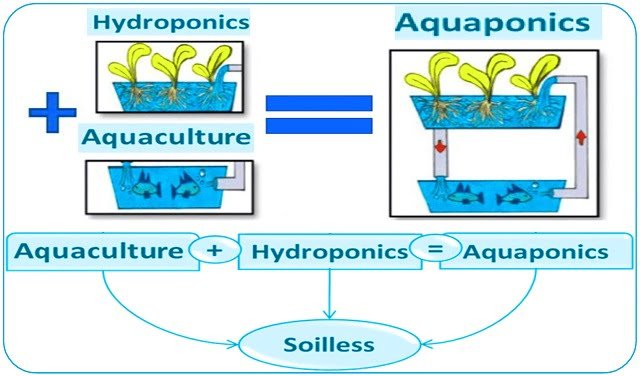Norwya.- A bilateral initiative on exchange of experience and knowledge of remote sensing techniques for the mapping of coastal biological communities through unmanned aerial vehicles (UAV) has recently been funded through the EEA-grants. The partners are The Norwegian Institute for Water Research (NIVA) and Interdisciplinary Centre of Marine and Environmental Research (CIIMAR), University of Porto.
Coastal ecosystems provide a variety of ecosystem services to humankind such as natural resources (seaweed, fish, shellfish), water purification, carbon sequestration, and coastal protection from waves. In line with the Marine Strategy Framework Directive (MSFD), monitoring seaweed assemblages facilitates useful estimates of the status of coastal environments and provides evidence for environmental changes, essential to implement measures to achieve or maintain the Good Environmental Status as defined by the MSFD.
CIIMAR has since July 2018 been developing an innovative research on the use of aerial images for mapping coastal ecosystems and assessing seaweed standing stocks, under the scope of the project-SWUAV: Mapping the intertidal zone and assessing seaweed biomass using UAV images. NIVA is also leading several initiative on this subject, most recently Seabee – a Norwegian Infrastructure for drone-based research, mapping and monitoring in the coastal zone.
This bilateral initiative will foster cooperation between researchers of both institutions by identifying synergies for advancing knowledge in this field of research. The objectives of the project are to:
– strengthen bilateral relations between Portuguese and Norwegian scientists through exchange of experience and knowledge in UAV remote sensing techniques applied to the mapping of coastal biological communities;
-promote future partnerships for joint research projects; and
– disseminate the acquired knowledge to the scientific community and stakeholders involved on the coastal resource’s management.
Stay Always Informed
Join our communities to instantly receive the most important news, reports, and analysis from the aquaculture industry.
Outcomes of the project are:
– to accelerate the development of new methods and tools for aerial image classification;
– publication of scientific papers reviewing and comparing these methodologies; and
– design future joint research projects either in the scope of EEA Grants or other programmes.
From this collaboration, protocols will be developed for planning and implementing missions using drones (UAV’s) for coastal environmental monitoring.
“Drones are the future for mapping and monitoring of nature and natural resources”, says Kasper Hancke, senior research scientist at NIVA.
“The collaboration with CIIMAR, funded through EEA, is a valuable partnership enhancing the prosperity of drone-based coastal observations”.
Source: Norwegian Institute for Water Research (NIVA)
Editor at the digital magazine AquaHoy. He holds a degree in Aquaculture Biology from the National University of Santa (UNS) and a Master’s degree in Science and Innovation Management from the Polytechnic University of Valencia, with postgraduate diplomas in Business Innovation and Innovation Management. He possesses extensive experience in the aquaculture and fisheries sector, having led the Fisheries Innovation Unit of the National Program for Innovation in Fisheries and Aquaculture (PNIPA). He has served as a senior consultant in technology watch, an innovation project formulator and advisor, and a lecturer at UNS. He is a member of the Peruvian College of Biologists and was recognized by the World Aquaculture Society (WAS) in 2016 for his contribution to aquaculture.




